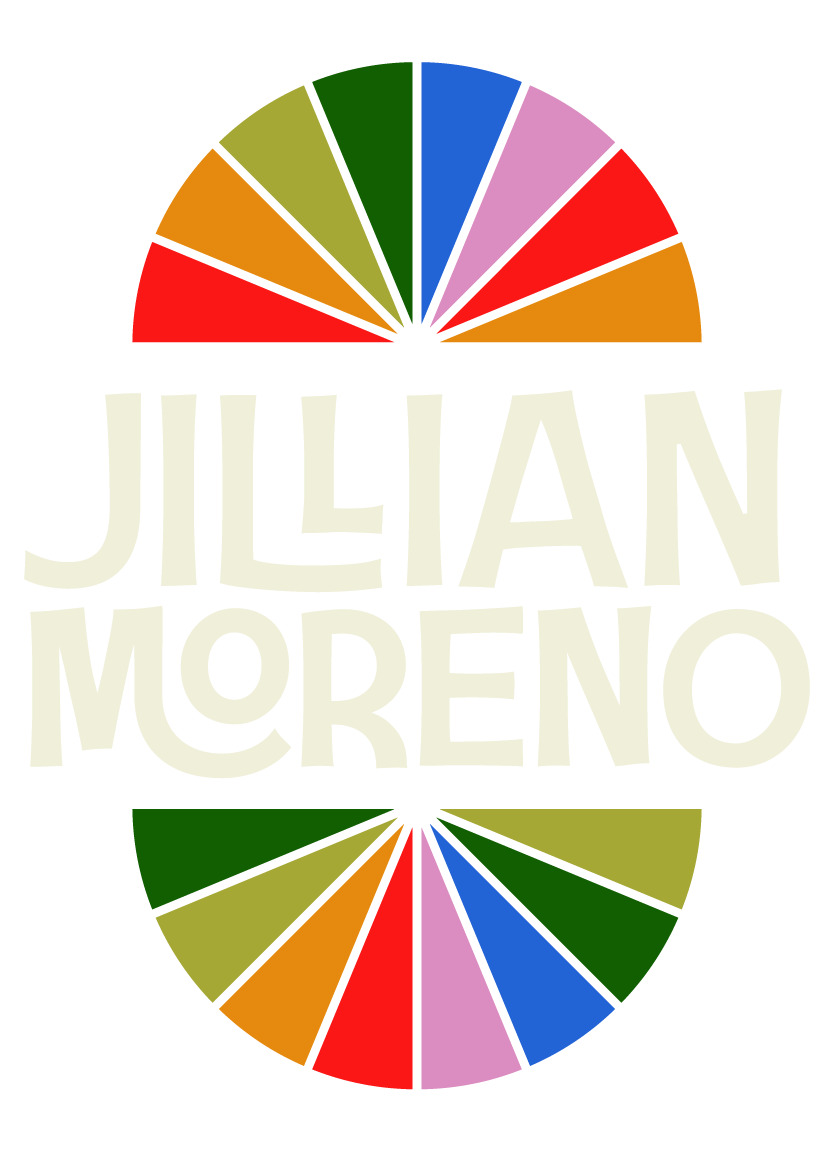I wasn’t going to buy any fleeces this year, since Maryland Sheep and Wool was canceled, and how am I supposed to buy fleece without my fleece concierges at Maryland?
But then Carol Densmore of Cross Wind Farm put up some of her BFL fleeces. Carol has beautiful BFLs. And just like that Steffi’s fleece was heading to my house. I am determined not to winter with a dirty fleece in the house. M*ths love dirty fleece the most. I will be washing this fleece over the weekend.
The three things I wouldn't be without for fleece washing are:
1) Mesh bags, also called laundry bags. I use the zip-close kind in hte large or extra large size. I put about a pound of fleece in each bag.
2) 5 gallon paint buckets, kitty litter buckets work great too. I wash the fleece in these instead of a sink or tub. I wash one bag per bucket.
3) Screens. I was lucky enough to score some textile screens from the university's anthropology mueseum when they were remodeling, but sliding door screens or window screens work great too. I balance them accross chairs outdoors to dry my fleece.
My runner up must-have is a top loading washer with a spin cycle. After I wash my fleece I spin out the bags (this is why you want zip-close bags, don’t ask), then spread then on my screens to dry.
I always pick at my fleeces, I know it’s been skirted already, but I still like to touch it all over. This one has a very long staple, I may comb instead of card. If you know me you know that is a bold statement. I may use my hackle.
I do my washing when it’s warm, then I do prepping when the weather is colder. I have 3 other fleeces to prep, and natural dyeing plans for one..






























